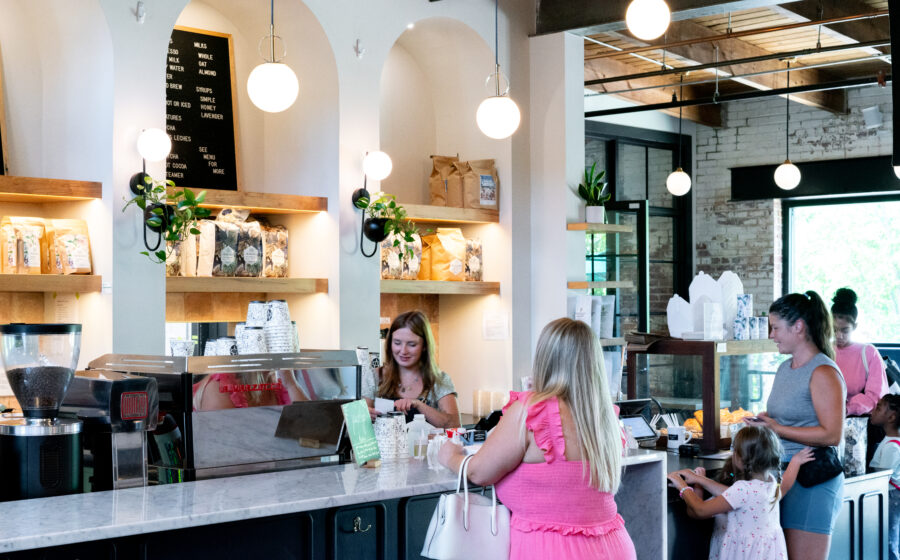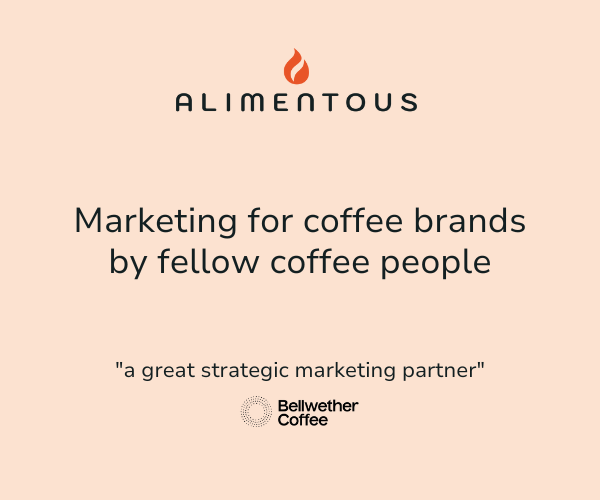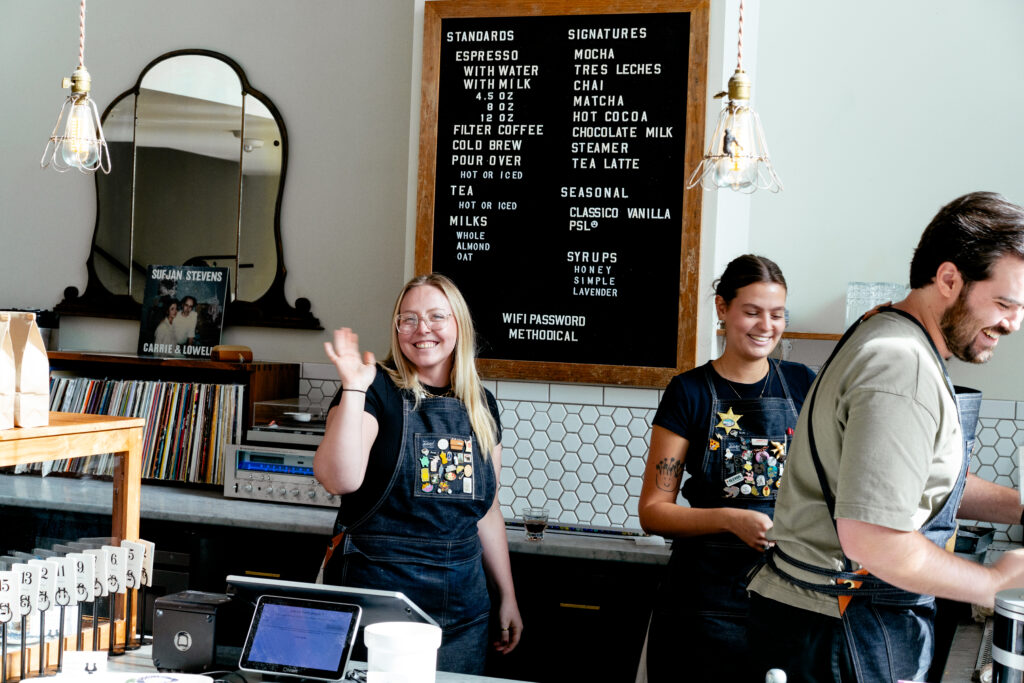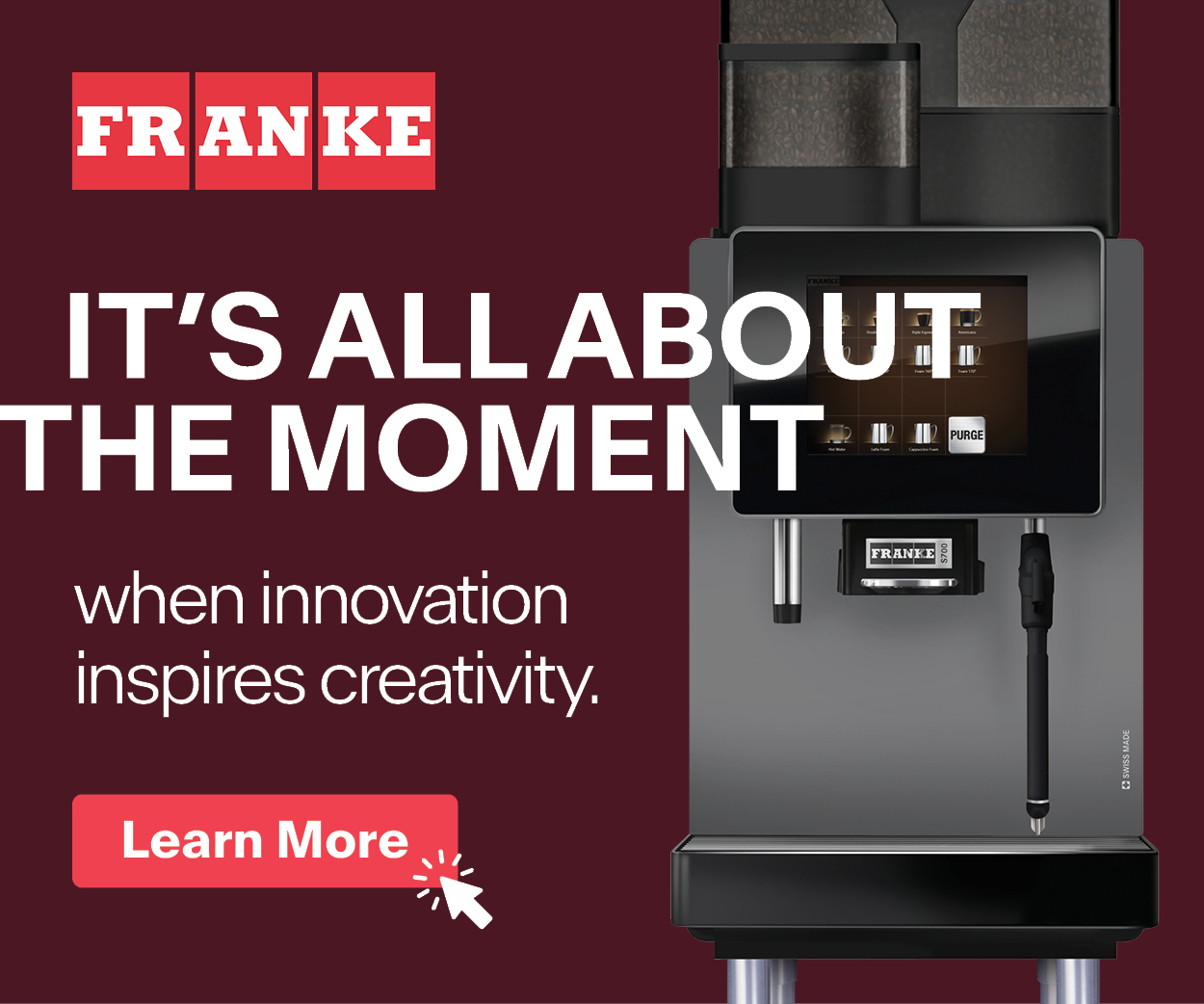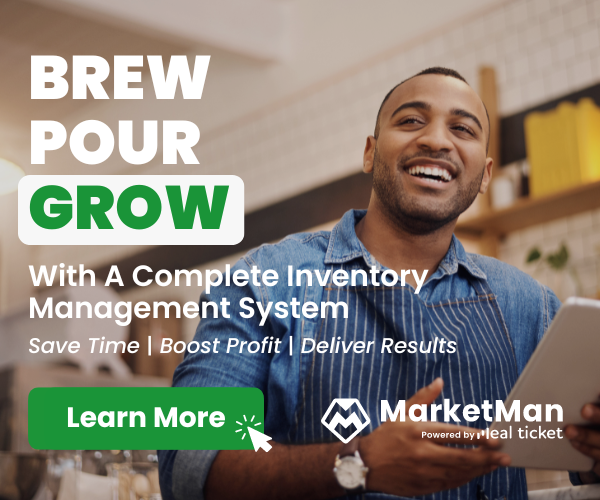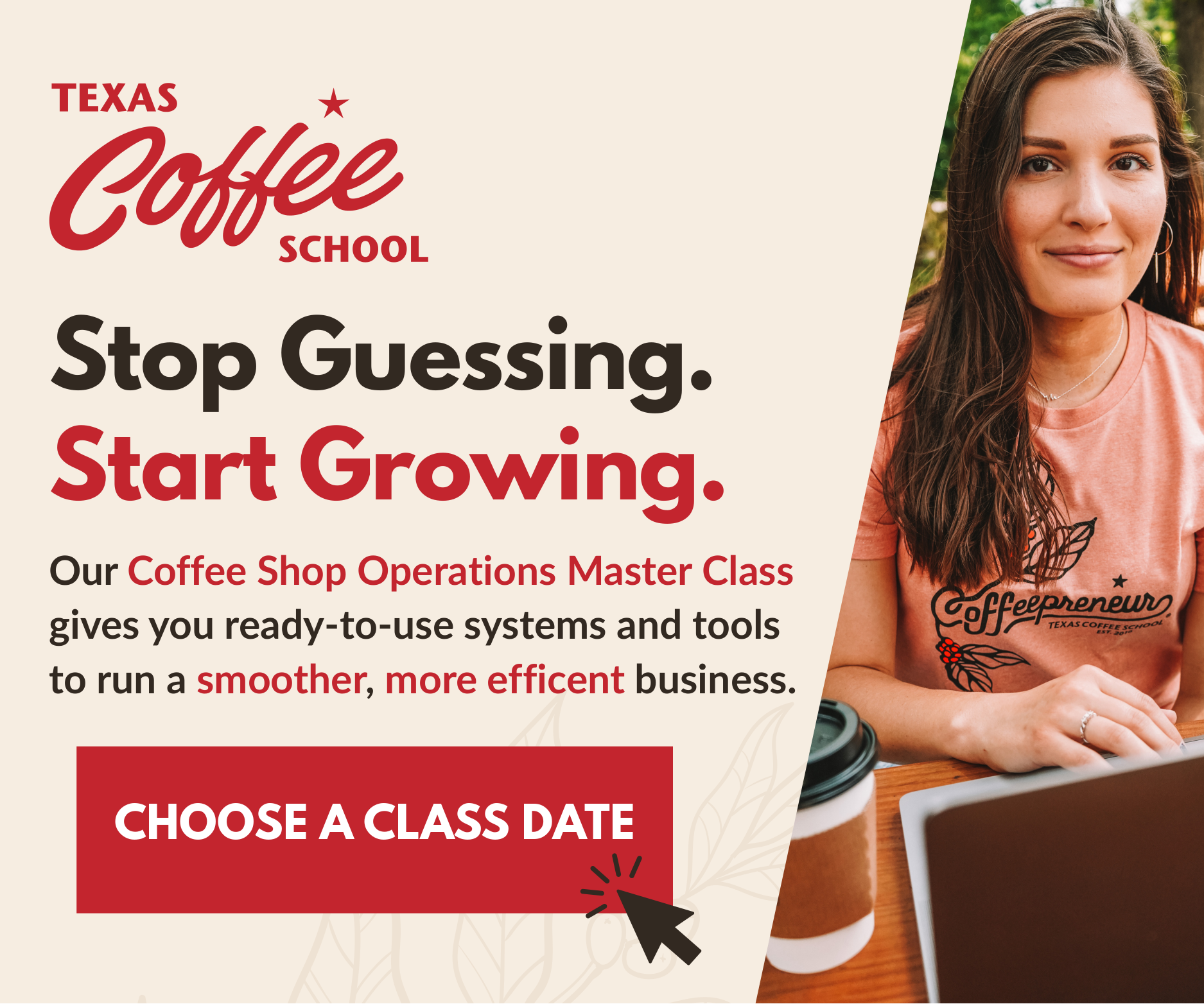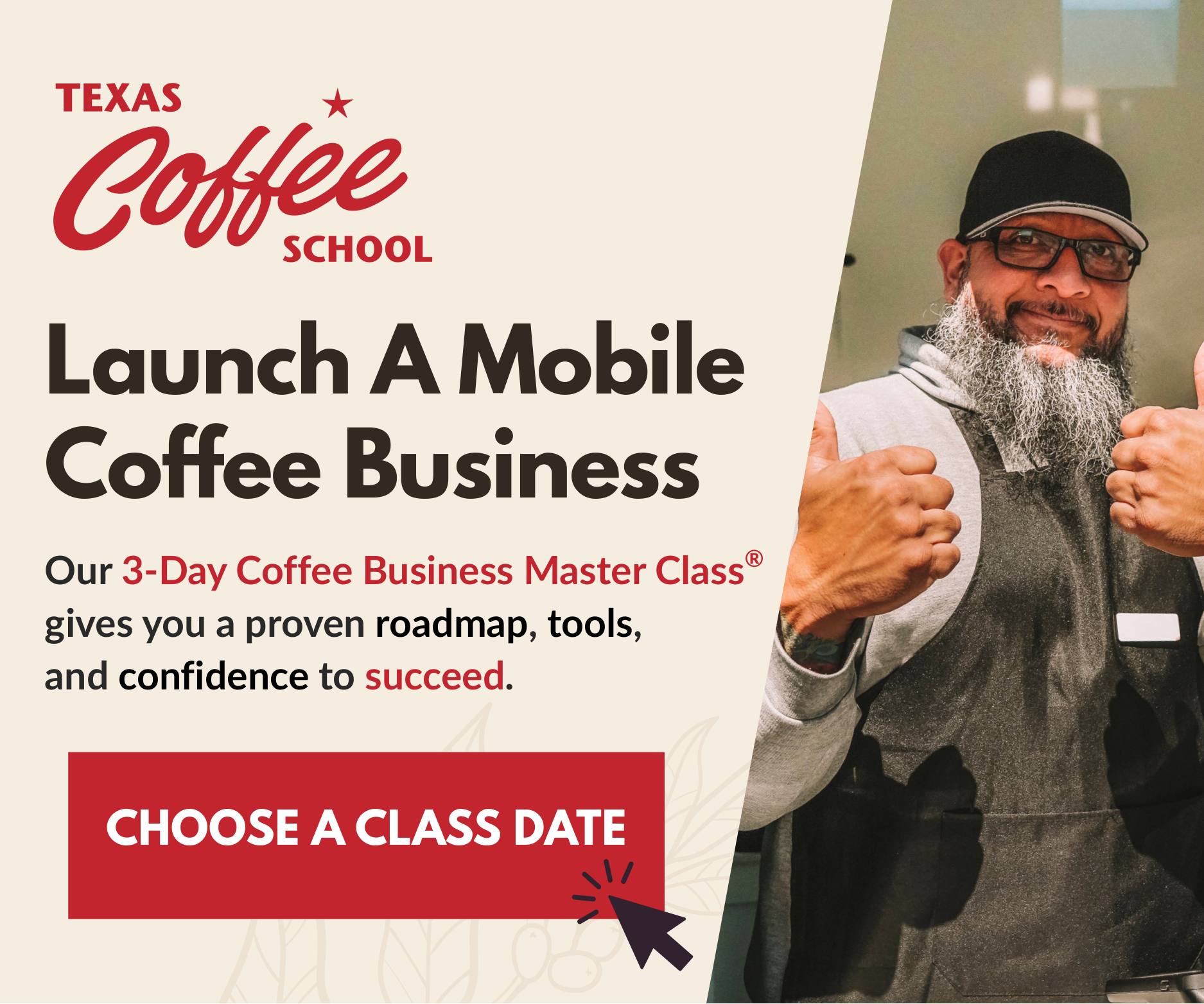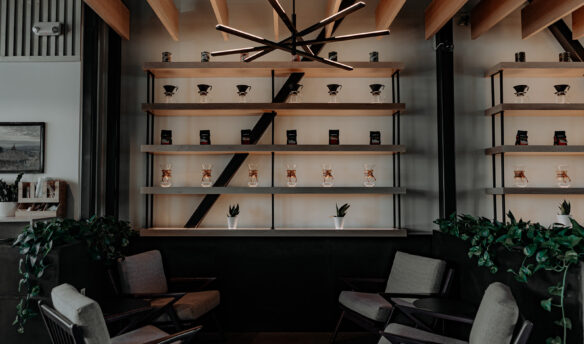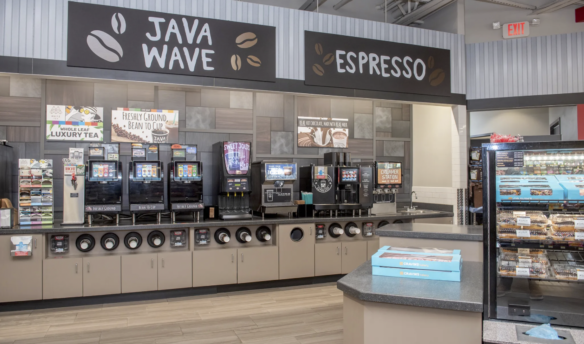Methodical Coffee, a coffee shop and roaster based in Greenville, South Carolina, launched a profit-sharing program early this year. The program covers all 85 of its employees, including those who work across its four cafe locations and its roastery, as well as its support and events teams.
CEO and co-founder Marco Suarez was inspired to launch the initiative after reading “Profit Works” by Alex Freytag and Tom Bouwer in 2023. The book lays out how businesses can create simple and effective incentive plans that benefit both employees and the wider company.
Suarez shared the book with his partners and CFO, and they soon put together their own plan. “Our CFO, Ethan Messier, and I worked on a formula,” says Suarez. “We ran it in 2024 as a test to see if it would produce reasonable impact for our team, as well as a sustainable model for the business.” Once they saw that the program was working, they made a few tweaks and launched it in January 2025.
To learn more about how such programs can benefit coffee businesses, Fresh Cup chatted with Suarez about the book that inspired this idea, and the logistics behind the new program. It’s still early days, but Methodical Coffee hit its mid-year profitability goals, and recently cut employees their first checks. Today, Suarez is optimistic that profit-sharing can help build a stronger and more sustainable business in the long term.
What inspired you to implement profit-sharing at Methodical Coffee this year?
Profit is oxygen to a business. It’s not a nice-to-have—it’s a must-have for many reasons. Profit is used to reinvest in your people and your growth, and it carries you through down times. Coffee is a cost-heavy business, and a lack of discipline can easily put you underwater. So profit is something that doesn’t come easily. Profit is often thought of as a concern only for ownership or executives, but it affects everyone, and everyone has a means to affect it.
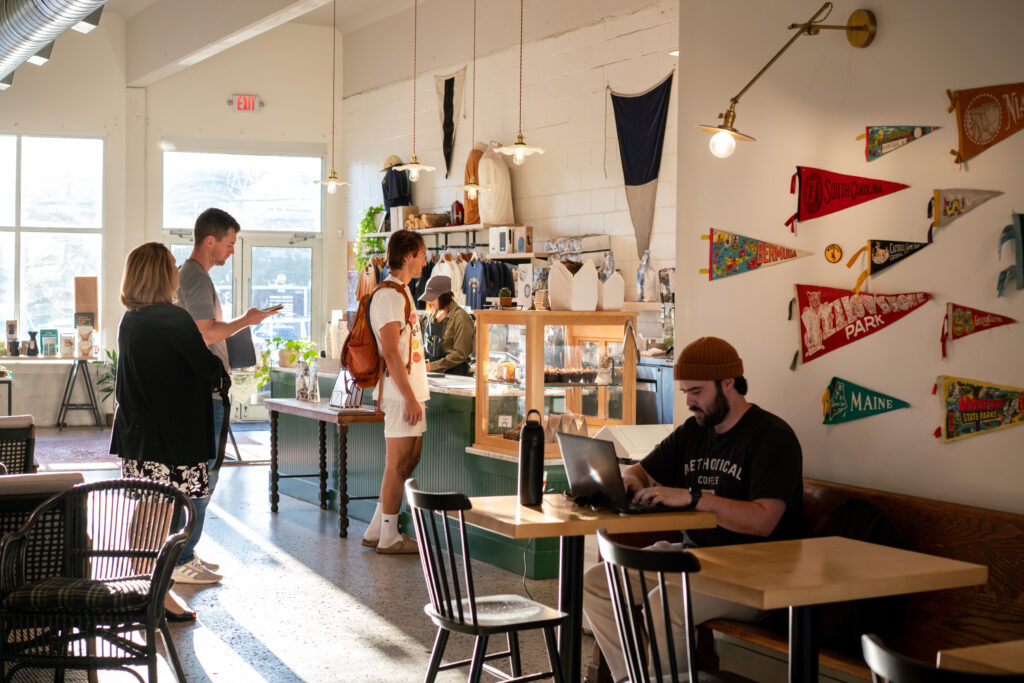
The goal is to shift the behavior of our team to being more disciplined in controlling our costs and impacting revenue where they can in order to more easily hit our profitability goals. And the way we do that is by sharing in the upside. Profit sharing is a powerful form of positive reinforcement where everyone on our team directly benefits from the performance of the company.
Have you seen any other examples of successful profit sharing, either in the coffee industry or in other industries?
Not specifically, but there are dividend-like programs like ESOPs [employee stock ownership plans], cooperatives, or being a shareholder of a business. If the company performs well and the stock value goes up, shareholders benefit.
It’s interesting how you start caring about the business performance when you become a shareholder. I’m sure there are other coffee companies who offer similar programs, but I’m not aware of any. Though Methodical is a privately owned business, we want our team to feel the same investment as a stock-holding employee of a large company.
You mentioned that you used Profit Works by Alex Freytag and Tom Bouwer as your guide—what were a couple of your key takeaways? Anything surprising that might not have been intuitive?
Prior to reading the book, my concern was that a profit-sharing program was going to be complex, but they offer a simple and well-tested formula that is very flexible. I was also concerned that it would create division toward those whose share may be higher, but they give guidance on how to reward people who take on more responsibility while still creating unity in the team.
Another concern was that the amount [employees would take home] would be too little, which wouldn’t impact behavior, or too large and potentially put the business at risk, which they also address and give you guidance. It served as a roadmap that we tweaked to work for us. But it gave us the courage to do it.
What was your mid-year profitability goal that you recently hit?
The trigger for profit sharing is a net profit of at least 10% by mid-year and year end. So as long as the profit margin for that half year is 10%, the profit sharing is triggered. We have a percentage that is allocated to the distribution.
10% net profit may sound low to some people, but for a cost-intensive business like coffee, 10% is pretty standard. I would rather hit a higher profit percentage and distribute some of that to our team than hit a lower percentage and retain it all. Our people are our most valuable asset.
Can you explain how the profit-sharing program works? How do you distribute the shares?
We first pro-rate based on part-time and full-time. You also have to be an employee for the full term. Then we split the pool between a “we” share and a “me” share. The “we” share is distributed evenly across all employees, and the “me” share is weighted on seniority. We want to reward people for taking on more responsibility.
How is the profit-sharing program communicated to employees? Do they receive quarterly earnings reports, for example, to see if the company is on track to hit profitability goals?
We hold company-wide all-hands [meetings] every quarter where we review things like financial performance, HR updates, company updates, and celebrate new hires, work anniversaries, and promotions. We try to be transparent and an open book to the point that’s helpful. We want to be honest with our team with how we’re doing. We also want to increase their financial literacy so they understand why the things we track matter. And profit is one of those things we discuss.

In addition to quarterly all-hands, our CFO sends a monthly company-wide message providing a profitability update. That message is simple and includes the previous month’s profit percentage, our year-to-date percentage, and how far off we are from our target.
Are there any adjustments you’ll be making to your profit-sharing program based on learnings from these first six months?
I think it’s going to take a few cycles for our team to get it, but I think the biggest thing we would change is making a bigger deal of it. There’s so much going on in our business that it’s easy for things to not receive the attention [they] deserve, so my plan for the rest of the year is to make the updates more meaningful, informative, and—if we hit our goal—more celebratory.
Have you seen a shift in the attitude and culture at Methodical since implementing the profit-sharing program?
It’s too soon to say. This is a very new concept for our team. So I believe it will take a few cycles. But I believe with time it will slowly ingrain into our behaviors and start to make a real impact. That’s the hope at least.
What measures are you looking at to measure success?
I think the best signal is tenure. Are people choosing to stay with us longer because they feel more invested, cared for, and rewarded for their contribution? Another signal is whether our team takes more ownership of our profitability. Does it filter into our culture and how we hold each other accountable?
Profit should never come at the cost of customer experience, but the opposite. It should make us a stronger business that is able to reinvest in its people and our customer experience.
This interview has been edited for length and clarity.



